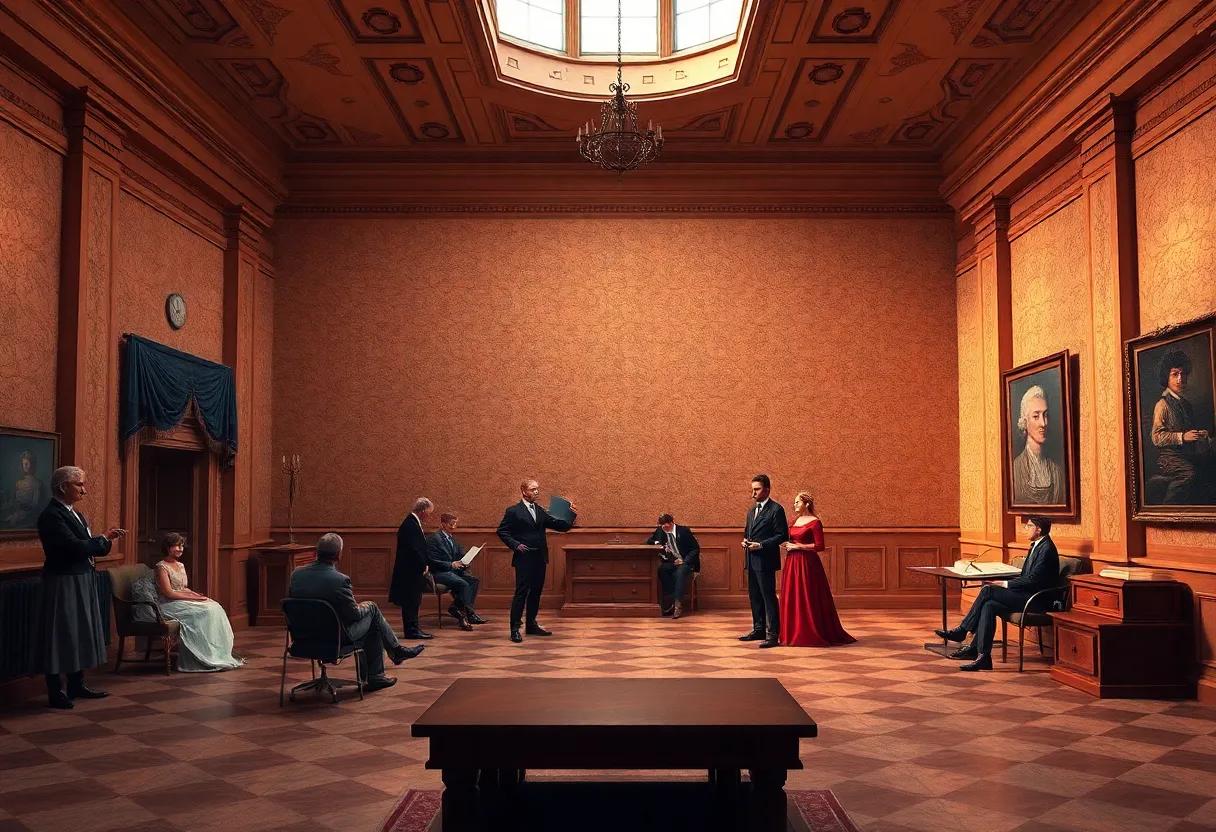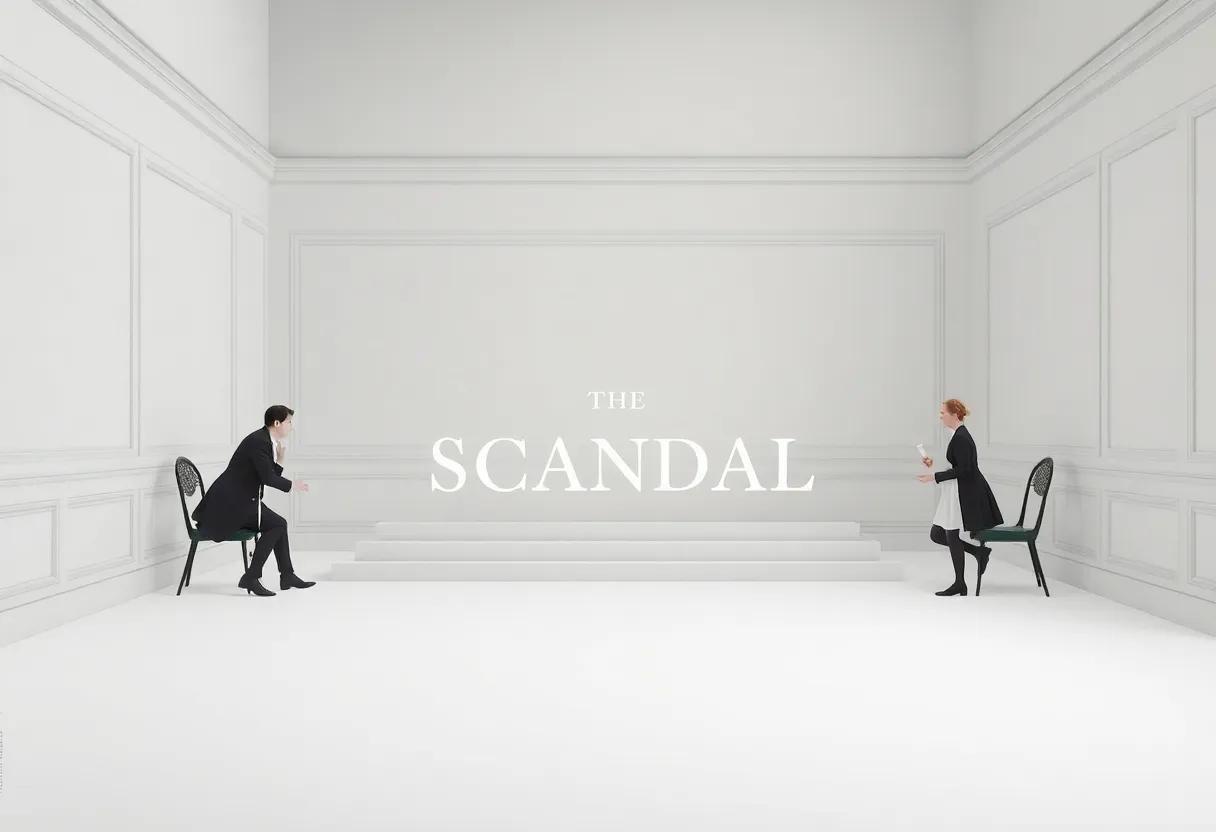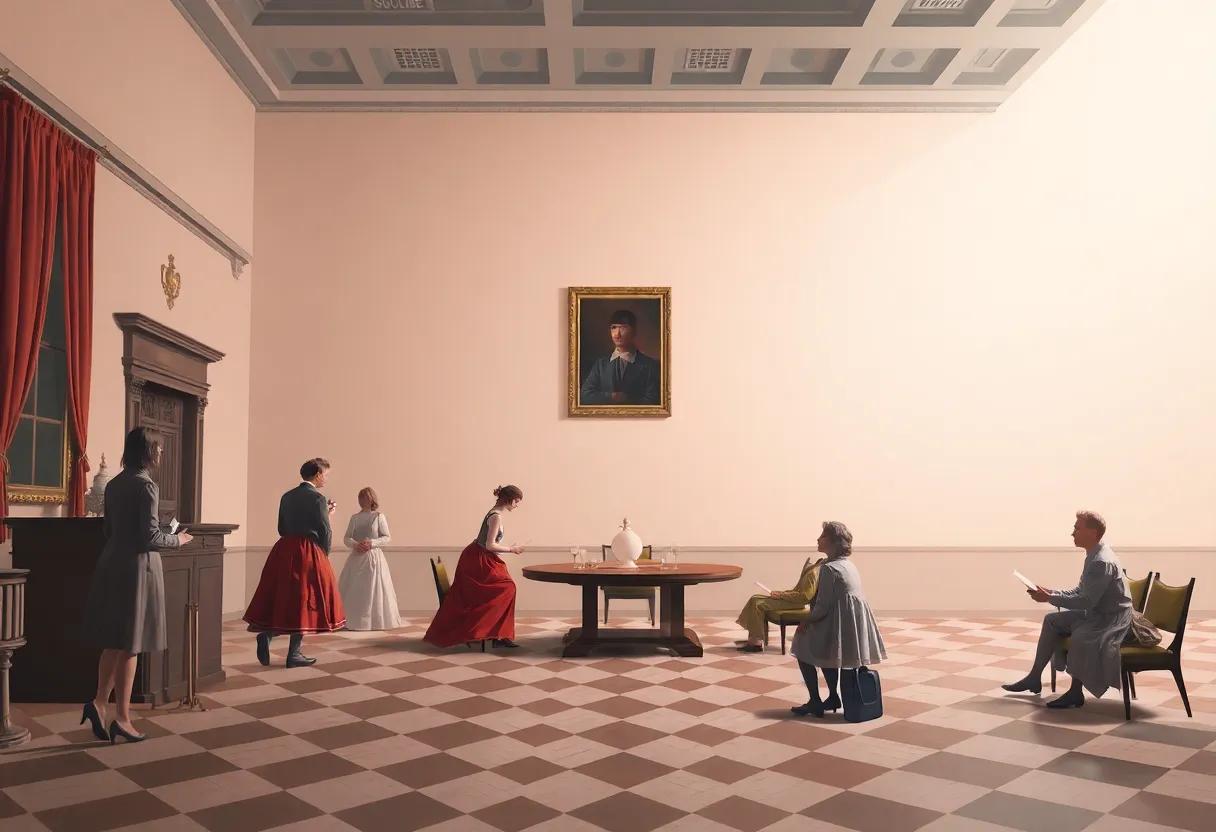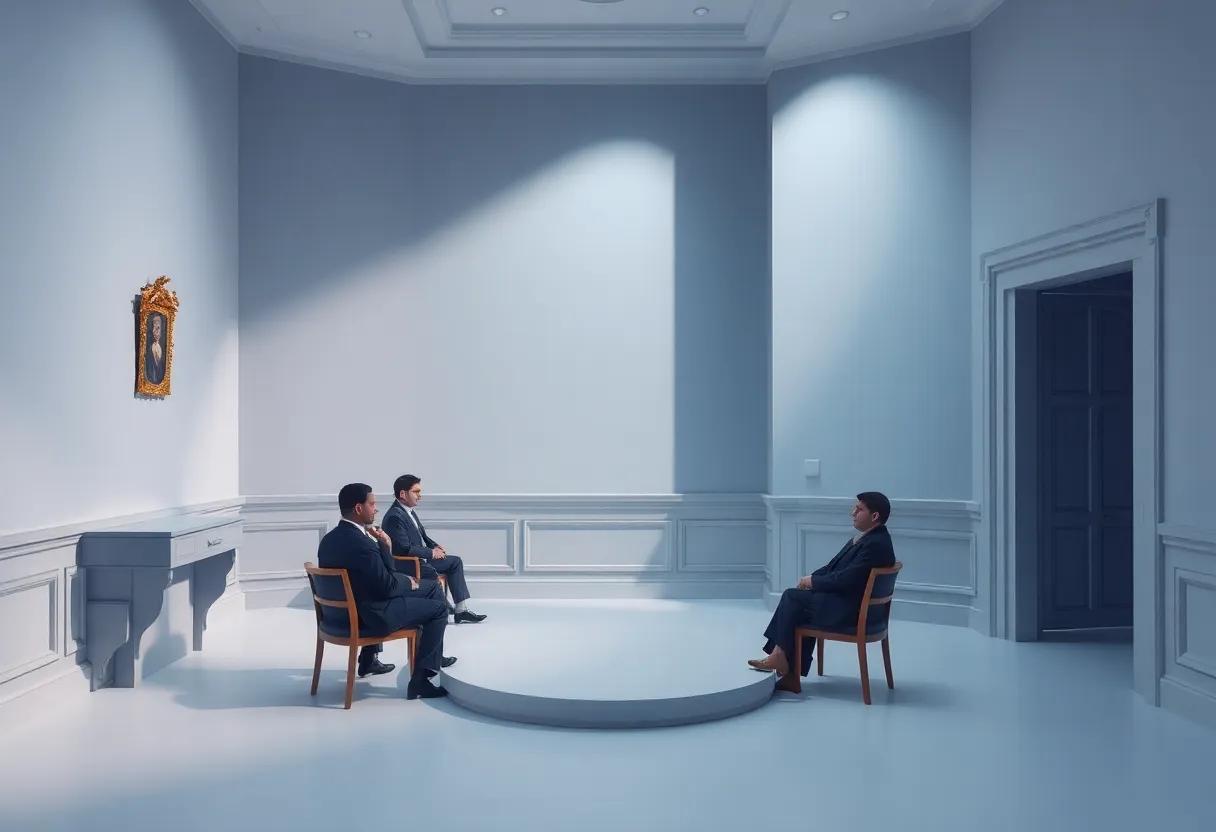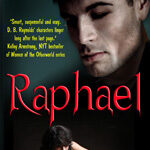In the glittering world of eighteenth-century high society, where secrets fester behind polished smiles and whispers carry more weight than words, Richard Brinsley Sheridan’s The school for Scandal emerges as a sharp and sparkling mirror held up to human folly. This timeless comedy, woven with threads of deception, gossip, and wit, invites audiences to peer beneath the surface of polished manners to uncover the often absurd and scandalous truths lurking within. In this review, we delve into sheridan’s deft craftsmanship and enduring themes, exploring how The School for Scandal continues to captivate readers with its brilliant interplay of humor and social critique.
Unpacking the Layers of Satire in The School for Scandal and Its Timeless Commentary on Social Hypocrisy
Richard Brinsley Sheridan masterfully uses satire in The school for scandal to peel back the polished veneer of 18th-century high society, revealing a world steeped in gossip, deceit, and performative morality. The play’s intricate web of conversations and schemes is not merely comedic-it holds a mirror to the timeless human tendency to judge and manipulate under the guise of virtue. By exposing the hypocrisy embedded in social interactions, Sheridan challenges audiences to scrutinize their own complicity in such farcical games.
At the heart of the satire lies a sharp critique of societal values, brilliantly encapsulated in the contrasting characters and their motivations. Consider these key elements that underscore Sheridan’s commentary:
- Duplicity as social currency: Characters navigate relationships through whispered scandals and double meanings.
- Appearance vs reality: Virtue is often a mask worn to maintain status, rather than an authentic trait.
- The danger of idle talk: Gossip is portrayed as both destructive and absurd, transforming truth into chaos.
| Satirical Device | Purpose | Example |
|---|---|---|
| Irony | Highlights contradictions between words and actions | Sir Peter’s hypocrisy about honesty |
| Exaggeration | Amplifies social absurdities to comedic effect | The ridiculous lengths of gossip |
| Parody | Mocks societal norms and expectations | False displays of friendship |
Exploring the Complex Characters Who Embody Deception and Wit in Sheridan’s Social Comedy
Sheridan’s The School for Scandal showcases a tapestry of characters whose brilliance lies in their layered contradictions – a blend of charm, cunning, and sometimes, sheer duplicity. Take Lady sneerwell, as an example, whose manipulative gossip and sharp tongue anchor much of the play’s intrigue. Yet, her wit is not purely malicious; it serves as a defense mechanism in a society that thrives on appearances and whispers. Opposite her, Sir Peter Teazle embodies the establishment’s hypocrisy, often blind to the very scandals swirling around him, highlighting how folly and deception are sometimes self-inflicted wounds within the privileged class. The characters are neither heroes nor villains but rather playful mirrors reflecting the absurdities of social ambition and reputation.
The subtle interplay between characters like Joseph Surface and Charles Surface further amplifies Sheridan’s genius.Joseph’s calculated piety and veiled deceit contrast sharply with Charles’s reckless charm and candor, creating a dynamic that questions the reliability of outward appearances. This juxtaposition invites the audience into an unending game of guessing who truly embodies virtue. The complexity emerges not only through dialog but in the way Sheridan fashions their behaviors, allowing for multifaceted interpretations that remain relevant even today.
- lady Sneerwell: Master of rumor, wields words like weapons.
- Joseph Surface: polished hypocrisy cloaked in manners.
- Charles Surface: the reckless heart challenging societal masks.
- Sir Peter Teazle: Authority blinded by own prejudices.
| Character | Deceptive trait | Wittiness |
|---|---|---|
| Lady Sneerwell | rumor mongering | Sarcastic repartee |
| Joseph Surface | Feigns virtue | Polished eloquence |
| Charles Surface | Social recklessness | Spontaneous humor |
| Sir Peter teazle | Naïve judgment | Ironic bluster |
How Sharp Dialogue and Clever Wordplay Drive the Narrative and Highlight Themes of Gossip and Reputation
Richard Brinsley Sheridan masterfully wields dialogue as both a scalpel and a mirror, cutting through pretenses while reflecting the social foibles of his time. The wit and precision embedded in every exchange not only entertain but serve a sharp narrative purpose: to unravel false reputations and expose the undercurrents of gossip that permeate high society. Characters engage in rapid-fire repartee, where a seemingly casual remark often conceals deeper accusations or sly observations. This elegant verbal dance captures the volatile nature of rumor, revealing how words can build and dismantle social standing with equal ease.
- Subtle insinuations: Characters hint at scandal without outright stating accusations, intensifying dramatic tension.
- Double entendres: Clever phrasing serves dual purposes, providing humor while critiquing hypocrisy.
- Irony and sarcasm: These tools highlight discrepancies between appearance and reality,furthering thematic complexity.
Moreover, Sheridan’s clever wordplay functions as a thematic spotlight, illuminating the precarious nature of reputation. Through layered dialogue, audiences witness how gossip operates like a currency – traded, valued, and manipulated to gain favor or cast others into disrepute. The characters’ verbal agility reveals a societal game where fast wit is both a defense mechanism and a weapon. This linguistic dexterity underscores the play’s enduring relevance,reminding us how language shapes identity and controls social dynamics.
| Dialogue Element | Function | Effect on Theme |
|---|---|---|
| Epigrammatic Replies | Condense complex critiques into witty zingers | Highlights social hypocrisy |
| Ambiguous Phrasing | Allows multiple interpretations | Amplifies rumor’s distortion |
| Playful Banter | Creates dynamic character interplay | Showcases the precariousness of reputation |
The Role of Scandal and Rumor as both Fuel and Weapon in the Play’s Intricate Social Dynamics
in this witty social satire, whispers and hearsay are far more than idle chatter; they become the lifeblood of the plot, weaving a complex web of intrigue that ensnares every character. Sheridan doesn’t just depict gossip as mere background noise-it’s an instrument wielded with precision, capable of elevating reputations or crushing them overnight. Characters like Lady Teazle and Sir Peter Teazle find themselves entangled in a delicate dance where rumor acts as both shield and dagger, demonstrating that in this society, data is the most potent currency.
The mechanisms of scandal operate on multiple levels, from sly innuendos exchanged over tea to outright fabrications designed to manipulate outcomes. Key aspects of how scandal functions in the play include:
- Fueling social rivalry: Envy and suspicion thrive on half-truths, pushing characters toward rash decisions.
- Weaponizing reputation: Accusations are strategically deployed to undermine opponents and protect personal standing.
- Blurring reality and fiction: The blurred line between truth and rumor exposes the arbitrary nature of social judgments.
- Revealing character: Responses to scandal highlight personal virtues or vices, enriching the play’s moral texture.
| Character | Role in Spreading Scandal | Motivation |
|---|---|---|
| Joseph Surface | Master manipulator of rumors | Advancement of own social position |
| Lady Sneerwell | Instigator of false accusations | Jealousy and desire for control |
| Sir Peter Teazle | Victim and unwitting propagator | Defending family honor |
Examining the Impact of Sheridan’s Use of Irony to Challenge Contemporary Moral Standards and Class Expectations
sheridan’s deft use of irony acts as a mirror held up to the societal norms of his time,deftly highlighting the contradictions embedded within contemporary moral standards. Through witty dialogue and cleverly constructed scenarios, he exposes the hypocrisy lurking beneath genteel manners and polite conversation. Characters who revel in gossip and scandal ironically present themselves as paragons of virtue,forcing the audience to question the authenticity of social pretenses. This ironic lens not only entertains but also provokes critical reflection, revealing how moral posturing often conceals self-interest and deceit.
The play’s treatment of class expectations is equally sharp, as Sheridan employs irony to subvert traditional hierarchies and call out the superficiality of social climbing. By juxtaposing characters’ public facades with their private manipulations, he illustrates how rigid class distinctions are both upheld and undermined by the very individuals who benefit from them. Key elements Sheridan explores include:
- duplicity: The contradiction between what characters say and what they do.
- Pretense: The performance of status as a mask to hide true intentions.
- Social satire: Poking fun at the absurd lengths taken to maintain or improve social standing.
| Character | Irony Employed | Class Reflection |
|---|---|---|
| Lady Sneerwell | Spreads rumors while condemning gossip | manipulates gossip to ascend socially |
| Sir Peter Teazle | Acts prudish yet is easily swayed | Represents old guard’s struggle with modernity |
| Joseph Surface | Masks hypocrisy behind charm | Embodies risky duplicity within elite |
Analyzing the Structure and pacing That Balance Humor with Critical Insight in This Classic Comedy
Sheridan masterfully constructs an intricate web of misunderstandings and duplicities that propel the narrative forward with remarkable agility. The play’s structure, divided into three acts, is tightly woven to allow seamless transitions between scenes of sharp wit and moments of biting social commentary. This careful orchestration ensures that the audience is neither overwhelmed by the satire nor lulled by predictability. Each act escalates the tension while balancing humor and revelation, culminating in a satisfying release that forces a critical reflection on the consequences of idle gossip and false reputations.
The pacing underscores this balance by intertwining character-driven humor with pointed critiques of societal pretense. Sheridan employs techniques such as:
- Rapid-fire dialogue: Keeps exchanges lively and engaging, heightening comic effect.
- Strategic pauses: Allow audience anticipation to build before key plot twists.
- Juxtaposition of characters: contrasts between the hypocritical and the sincere deepen the impact of thematic insights.
these elements work in tandem to preserve the satirical edge, making the comedy sharp but never hollow, and the critical insight profound without sacrificing entertainment.
| Structural Element | Effect on Pacing | Contribution to Tone |
|---|---|---|
| Interlocking Subplots | Maintains momentum | Layered complexity |
| Dynamic Character Interactions | Enhances rhythm | sharp wit |
| Climactic Revelations | Creates tension release | Critical insight |
Visualizing the Setting and Costume Designs that Enhance the Play’s Satirical Edge and Period Authenticity
the meticulous attention to detail in the staging of The School for Scandal transports the audience directly into the intricate social world of late 18th-century england. Plush drawing rooms, delicate chandeliers, and ornate furniture designs are not mere backdrops but active storytellers that frame the duplicitous intrigues and witty banter. The visual palette balances muted earth tones with splashes of vibrant color, mirroring the duality of characters’ facades versus their true intentions. This setting evokes an atmosphere charged with subtle judgment, enabling viewers to feel both the elegance and undercurrent of scandal that Sheridan so deftly critiques.
Costumes play an equally pivotal role, where every ruffle and clasp is carefully chosen to reflect social status and personality quirks. The interplay between lavish gowns,powdered wigs,and sharply tailored coats highlights the stark contrasts between public image and private vice. Notice how accessories, like fans and walking sticks, become symbolic tools in the characters’ arsenal of deception. Key design elements include:
- Corsetry and silhouettes emphasizing the constraints of societal expectations.
- Color-coded fabrics subtly hinting at alliances or duplicity.
- Exaggerated wigs and makeup amplifying the theatricality and satire.
| Character | Costume Feature | Satirical Purpose |
|---|---|---|
| Lady Teazle | Flamboyant gowns with bright hues | Represents vanity and social climbing |
| Sir Peter Teazle | Rigid coats with muted colors | Symbolizes old guard rigidity |
| Snake | Dark, sleek garments | Conveys slyness and menace |
Why The School for Scandal Remains Relevant Today in Discussions About Media, public Perception, and Truth
Sheridan’s play, though penned in the 18th century, eerily mirrors the chaotic swirl of today’s media landscape. It shines a spotlight on the dangerously seductive nature of gossip and sensationalism - forces that distort reality much like algorithms and clickbait headlines do now.In a world obsessed with quick judgements and scandalized narratives,the play’s sharp critique of rumor mills reminds us to question what we consume and to differentiate between truth and manipulation.The characters’ tangled deceptions underscore how easily facts can be twisted, a lesson still vital for understanding media-driven public perception.
Moreover, The School for Scandal offers a playful yet piercing exploration of social facades and performative identities, elements that resonate deeply with contemporary issues surrounding digital personas and public image crafting. Consider this table comparing key themes from the play with modern parallels:
| Theme in the Play | Modern Equivalent | Impact on Society |
|---|---|---|
| Gossip as Power | Viral News & Social Media Rumors | Shaping public opinion rapidly, frequently enough irresponsibly |
| Surface vs Reality | Curated Online Profiles | Blurring lines between authenticity and performance |
| Public Reputation | Cancel Culture & Public Shaming | Swift social consequences beyond proof or fairness |
These elements invite readers and audiences today to not only enjoy Sheridan’s wit but to engage critically with the ways in which truth is constructed and deconstructed in public discourse. It remains a reminder that amidst noise and spectacle, discernment is a timeless necessity.
Recommendations for Modern Theater Productions to Capture the Play’s Wit while Preserving Its critical Spirit
Capturing the razor-sharp wit of Sheridan’s masterpiece demands a careful balancing act: productions must preserve the play’s biting satire without diluting its timeless commentary on social hypocrisy. Directors should embrace dynamic pacing, allowing dialogue to sparkle with playful energy while never losing sight of its underlying critique. Physicality and gestures can be subtly exaggerated to emphasize the absurdity of gossip and deceit, but should avoid veering into caricature that diminishes the work’s nuanced intelligence. Incorporating modern, relatable settings or minimalist designs can enhance accessibility, making the incisive humor resonate with contemporary audiences without overshadowing the script’s sophisticated layers.
Thoughtful casting and attention to tonal shifts are crucial. Characters must exude charm and duplicity simultaneously, reflecting the play’s dual nature of entertainment and moral examination. Consider the following focus points for production teams:
- Sharp timing: Enable witty exchanges to land with precision, preserving Sheridan’s verbal gymnastics.
- Costume choices: Blend period elements with subtle modern cues to bridge eras visually.
- Subtext emphasis: Highlight moments when satire bites beneath the surface to maintain critical spirit.
- audience interaction: Mild breaking of the fourth wall can engage viewers without breaking immersion.
Below is a quick comparison of methods to keep wittiness intact while respecting Sheridan’s social critique:
| Aspect | witty Presentation | Critical Preservation |
|---|---|---|
| Dialogue Delivery | Rapid-fire, playful tone | Clear articulation of satire |
| Visual style | Bright, lively costumes | Symbolic, understated props |
| Characterization | Exaggerated mannerisms | Nuanced expressions of duplicity |
| Audience Engagement | Playful asides | Thought-provoking pauses |
An Overview of Sheridan’s Life and Literary Legacy Influencing the Craft and Themes of The School for Scandal
Richard Brinsley Sheridan’s life is a tapestry of vibrant theatrical involvement and sharp political engagement, both of which deeply permeate The School for Scandal.As a playwright and politician of the late 18th century, Sheridan expertly navigated the complex social mores and hypocrisies of Georgian England. His personal experiences within elite circles informed his nuanced portrayal of gossip, reputation, and duplicity. This surroundings birthed a satire laced with biting wit, where the superficial gloss of polite society is peeled back to reveal the intrigues and scandals beneath. Sheridan’s mastery lies in balancing comedic entertainment with a pointed moral critique, making the play resonate far beyond its initial debut.
The literary legacy Sheridan cultivated embraces themes that have since echoed through generations of dramatists and novelists alike. Influences of Restoration comedy blend seamlessly with the sharp social commentary characteristic of the Enlightenment, positioning The School for Scandal as a bridge between eras. Key elements shaping the play include:
- Hypocrisy and deception: examining the duality between appearance and reality.
- Social satire: exposing the absurdities of aristocratic pretense.
- Witty dialogue: elevating language as both weapon and shield.
- Character archetypes: the malicious gossiper, the virtuous innocent, and the shrewd observer.
| Aspect | Reflection in The School for Scandal |
|---|---|
| Political Engagement | Sharp commentary on power and influence |
| theatrical Flair | Complex characters & dynamic scenes |
| Personal Experience | Insight into upper-class affectations |
| Satirical Tradition | Balanced comedy and social criticism |
In peeling back the layers of Sheridan’s The School for Scandal, we find a mirror held up to society-reflecting its follies with both sharp wit and subtle cruelty. This play, with its intricate dance of deception and revelation, invites readers and viewers alike to question the true nature of scandal and the masks we choose to wear.Whether you seek laughter laced with insight or a timeless exploration of human vanity,Sheridan’s work remains a compelling study in the art of social critique.As the curtain falls, one cannot help but ponder: in our own circles, who plays the scandalist, and who the unwitting audience?

